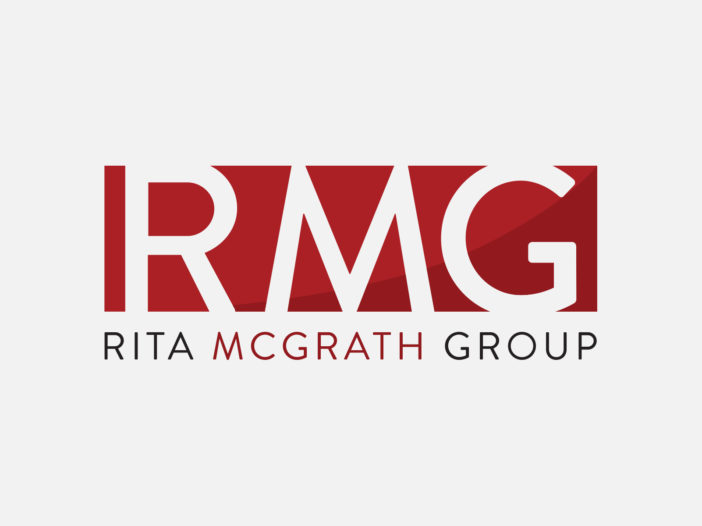
Both Clayton Christensen and Geoffrey Moore have noted that players exploiting different business models are advantaged in different stages of a categories’ evolution. I’ve build on their thinking to argue the following:
Stage I categories: Most offerings aren’t yet good enough, interfaces aren’t standardized, and a strong hand needs to be exerted on value chain players to ensure that customers and end users have an acceptable experience. Current examples would include the iPod ecosystem, and Nokia’s vertically integrated approach to handset design and development throughout the 90’s. Search, dominated by Google, too, appears to have many characteristics of a Stage I ecosystem. Advantage in these cases go to vertically integrated players or to those who can more or less control the key elements that create the user experience. Over time, interfaces become more standardized, different players chafe at the control exerted by the dominant player, and the category moves to stage II.
In Stage II, the most profitable players are those that control a key layer of functionality, while leveraging the infrastructure of ecosystem partners to create a complete solution. Focusing on one horizontal layer makes sense here. The best known examples here would include the “Wintel” dominance of the software and chip layers for PC’s. Eventually, however, the functionality of these layers gets to the point where it simply doesn’t need improving (at least for most customers). It becomes increasingly difficult for dominant players to persuade customerst to pay for further improvements (witness Forbes columnist Peter Huber referring to the attempts to improve the operating system and office software by Microsoft as “Blunder 2007”). Facebook has this feel to me (which is one reason Google is treating the social-networking site as such a threat). What happens next? Advantage goes to those who can deal with the remaining problems users have, often by specializing on key process technologies or on price, leading to…
Stage III: In this stage, advantage goes to those firms who are spectacular at process innovations (such as Dell in supply chain management) or to those who control a key component, and can in effect ‘sell bullets to the combatants’. The key point here is that they make money on solving problems that are sufficiently interesting to enough customers that they will gladly pay to have those dealt with. Inevitably, however, technological development, firm strategies and the relentless quest for new spaces to compete in leads to…
Stage IV—> Stage I: The Empire strikes back. here, an entirely new category emerges, with interfaces that are not ‘good enough’ and the race once again goes to key players that can control all the necessary interfaces.
I was fascinated therefore to read about Verizon Wireless opening its network to many different kinds of devices – which is an interesting move from trying to dominate in a walled garden (a Phase I strategy) to trying to develop a business model that emphasizes domination of a layer (a Phase II strategy). As Business Week (December 10, 2007 edition) reports, Verizon “had built the most profitab le U. S. wireless business by tightly controlling the devices and programs, such as games and maps that could operate on its network. How tightly? The examples are legendary, but just this summer Verizon disabled the GPS navigation capability built into a Blackberry device; in November, it introduced its own similar service.” Perhaps the company is anticipating the category transition that is likely to make the current business model of mobile operators irrelevant.
Microsoft is potentially also sparking a shift from a Phase I to Phase II category in portable music with the continuing development of its Zune player. Although few would argue that it is at the stage to topple Apple’s iPod yet, there is already clear evidence that Apple’s partners (such as music and movie companies) are beginning to chafe at its category dominance and would be willing to support alternative approaches. Stephen Wildstrom, Business Week’s Tech & You columnist, suggests that the future of on-line music is likely to be a monthly subscription that allows users to play all their music on any device. Such a system would spark a massive horizontalization in the music business as well.
